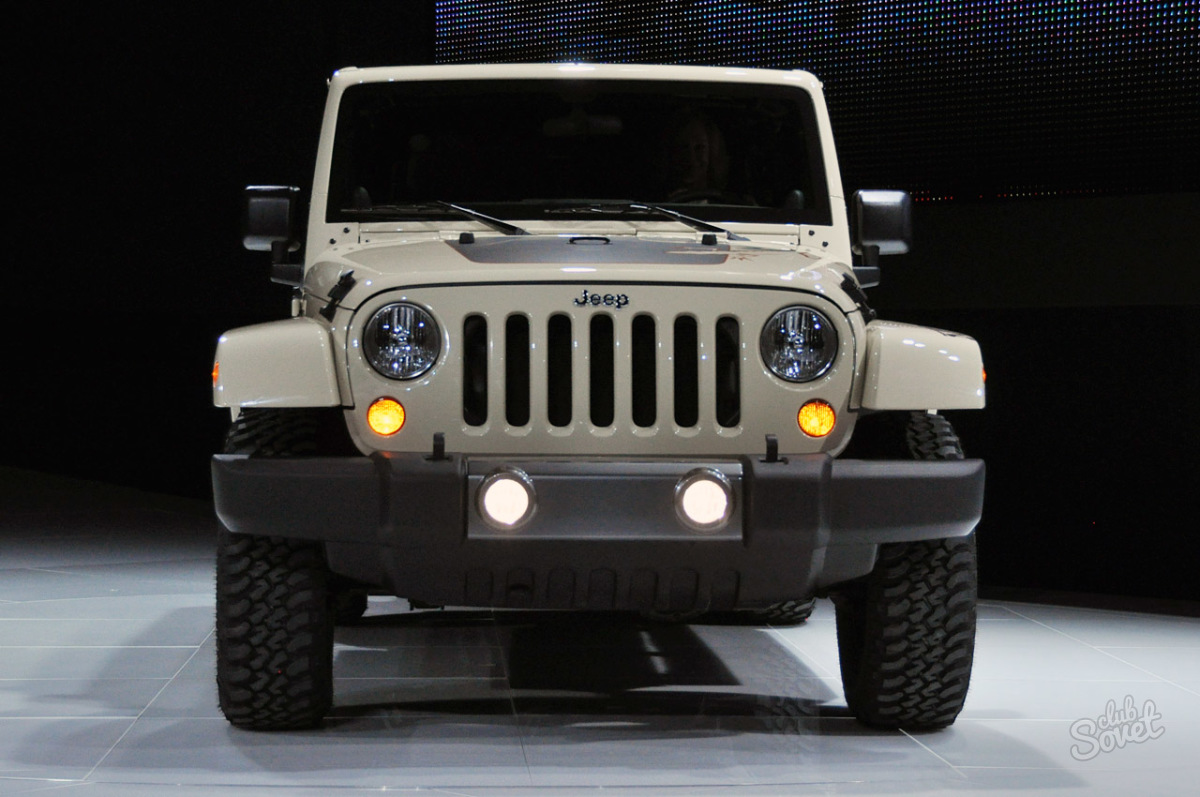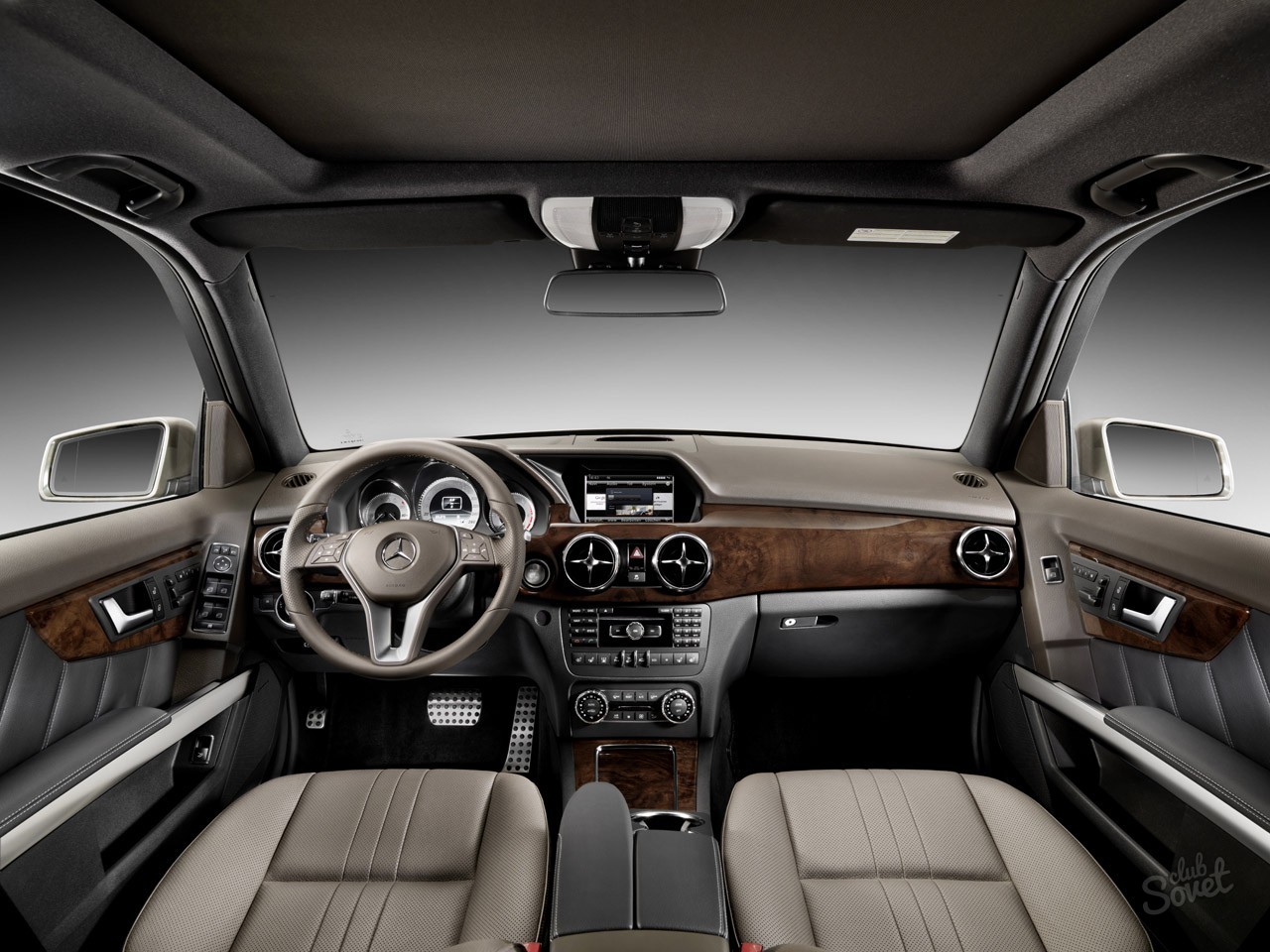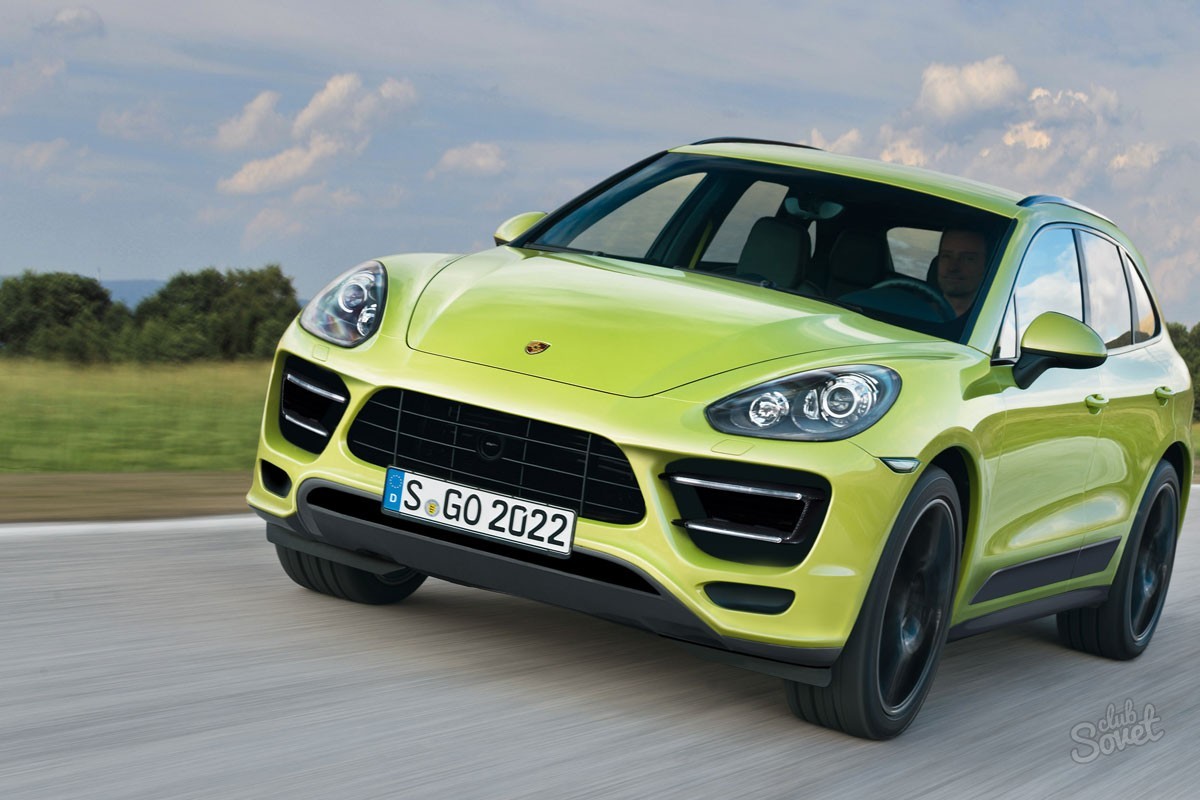What are crossovers
On public roads today you can find a huge number of cars with the form of an off-road cruiser. They stand out sharply in the stream of ordinary cars and are very popular among both city residents and lovers of extreme sports and outings into nature. Most people call them simply - a jeep. But this is not entirely correct, because Jeep is the car manufacturer that created the first one of the most successful compact all-terrain vehicle models. And since then, this name has become a household name. In the class of all-wheel drive all-terrain vehicles, there are two large subclasses - real SUVs and the so-called "crossovers". So we will consider what a crossover is, what are its differences from a full-fledged SUV, what are its disadvantages and advantages compared to an ordinary road car.
A crossover is a car made at the crossroads of classes. In fact, this is a road car, put on an all-wheel drive platform. Very often, crossovers are created on the basis of station wagons. Those. this is something between an ordinary passenger car and a full-fledged "rogue". The correct name for this type of car is Crossover Utility Vehicle (CUV). Quite often there are abbreviations XUV (Extended Utility Vehicle) or MPV (Multi-Purpose Vehicle). A crossover can have some of the properties of pickups, sports wagons and true off-road vehicles. The main design features of crossovers can be considered increased ground clearance, four-wheel drive and reinforced suspension to overcome light off-road, bumps and pits on our roads. Typically, a crossover has a load-bearing body, which facilitates the design and, accordingly, brings the crossover's handling closer to that of a conventional passenger car. You don’t have to relearn if you moved from a comfortable sedan to a crossover. However, you should not count on the fact that with all-wheel drive and high ground clearance you will drive wherever you want. The design of the all-wheel drive allows you to confidently steer in difficult road conditions, park in a snowdrift near the entrance or drive to the cottage on a wet primer without any problems. Crossovers, as a rule, are not capable of anything more.


We hope our brief insight into the crossover family will help you make the right choice for a new purchase and make it easier for you to understand whether you need a crossover at all.
